How Tos
Master Infrastructure as Code with practical technical guides and tutorials.

Blog
video
Video
Three Ways to Manage Cloud Provisioning Risks with env0
Learn how to reduce risks in cloud provisioning with env0. Prevent drift and maintain security and compliance with comprehensive governance tools.

Blog
video
Ansible Vault is an encryption tool that protects secrets while supporting DevOps workflows. Master it with this step-by-step guide, featuring use cases, best practices, and practical examples.
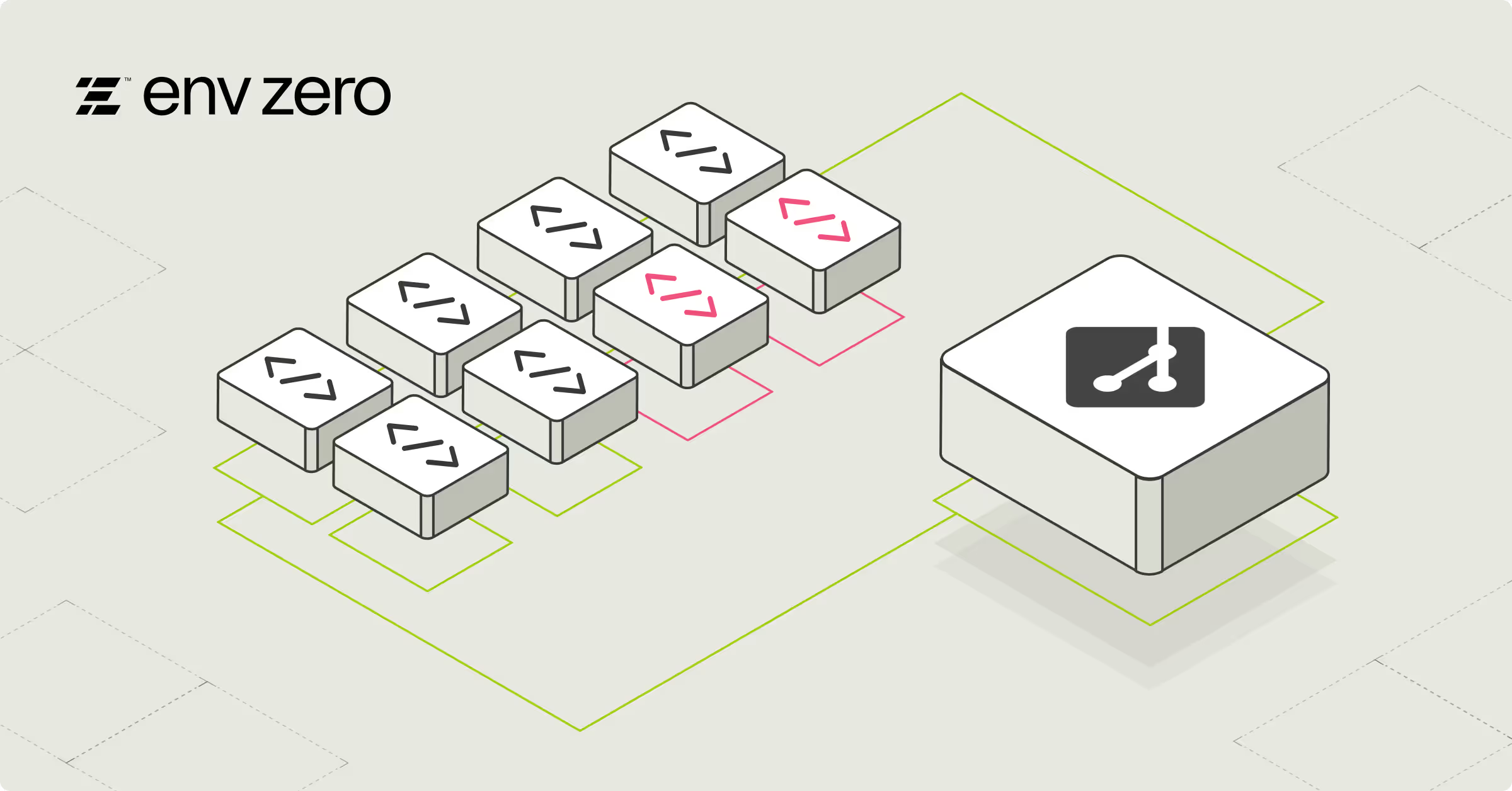
Blog
video
.gitignore Command Guide: Practical Examples and Terraform Tips
Learn how to use .gitignore to exclude large binaries, sensitive files, and build artifacts in Git and Terraform projects.
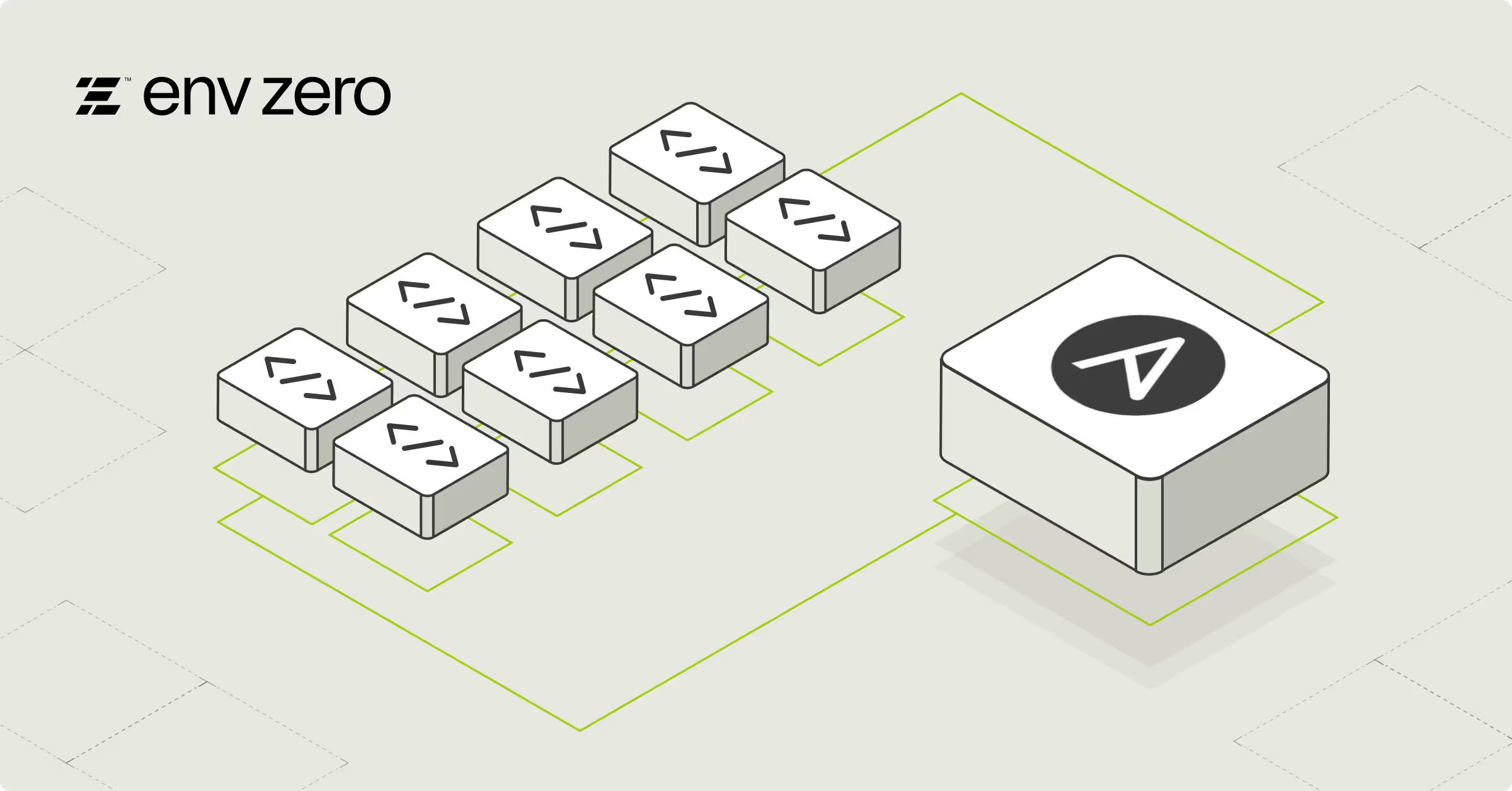
Blog
video
Mastering Ansible Variables: Practical Guide with Examples
Learn how to use Ansible variables to streamline automation with step-by-step guides and practical examples for adaptable configurations.
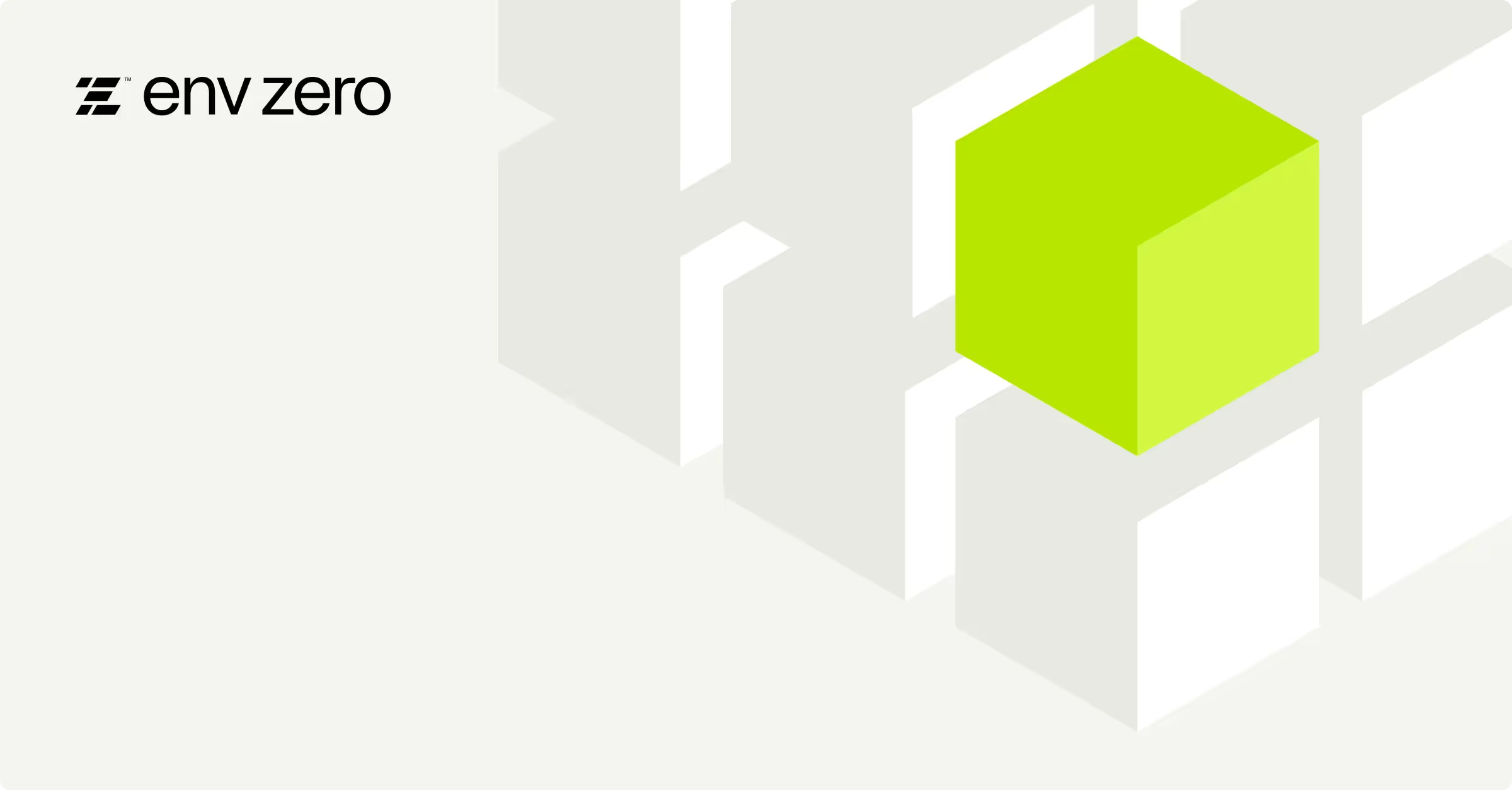
Blog
video
⚡ Lightning Talk: A Tale of Three Configs, On Best Practices with OpenTofu Structuring
Deep dive into three key approaches for managing OpenTofu configurations: separate configs, workspaces, and backend-config.
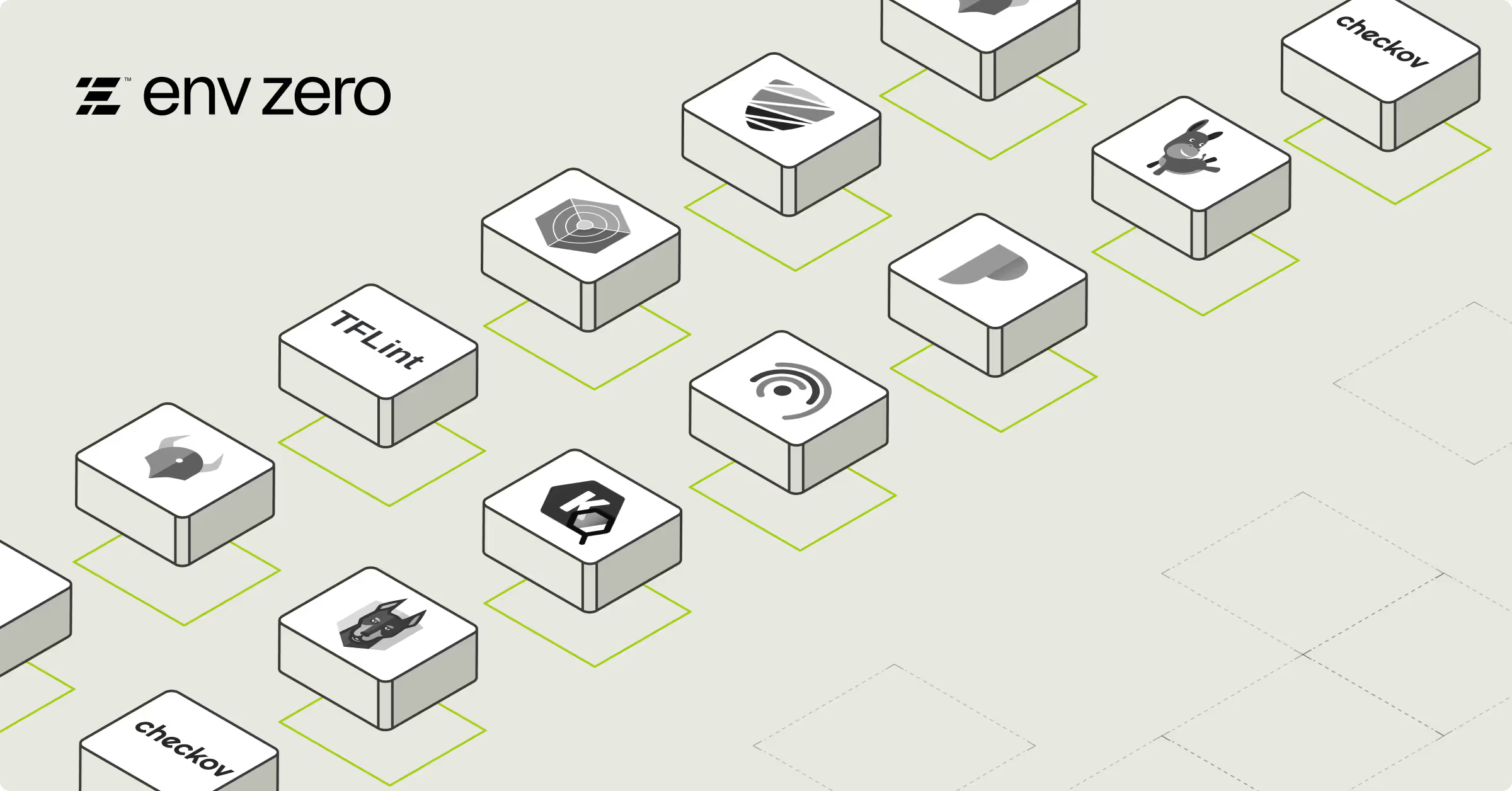
Blog
video
Top Infrastructure as Code Security Tools in 2025
Discover the best proactive and reactive security tools to prevent IaC misconfigurations and code vulnerabilities.
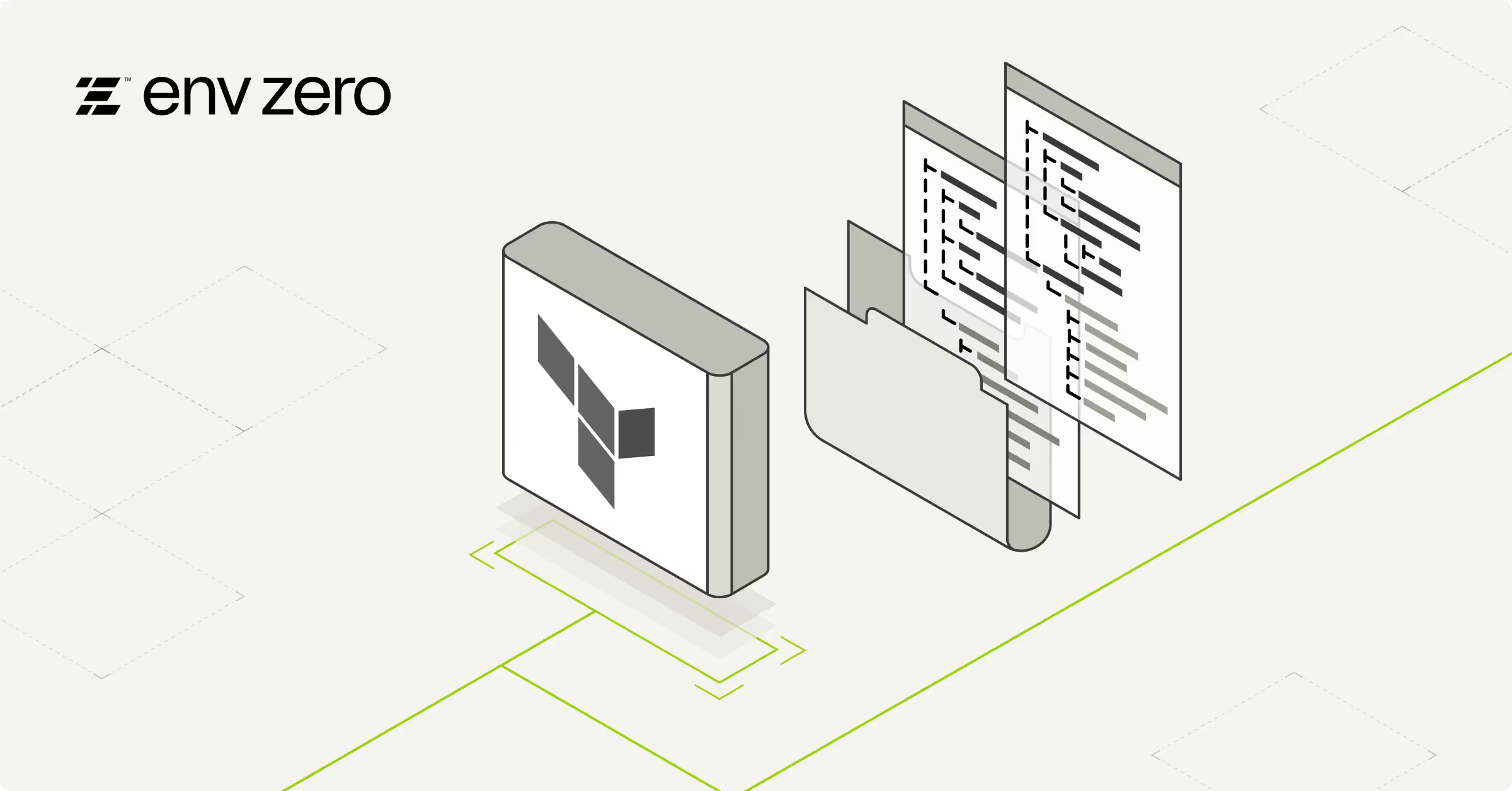
Blog
video
Terraform Split and Join Functions: Examples and Best Practices
Learn how HCL 'split' and 'join' functions can be used for efficient string manipulation, with advanced examples.

Blog
video
DORA Metrics: An Infrastructure as Code Perspective
DORA metrics is a stream management framework for evaluating developer productivity and software delivery performance. This post examines how IaC impacts DORA metrics, highlighting the potential to enhance both throughput and stability with the right tools and practices.
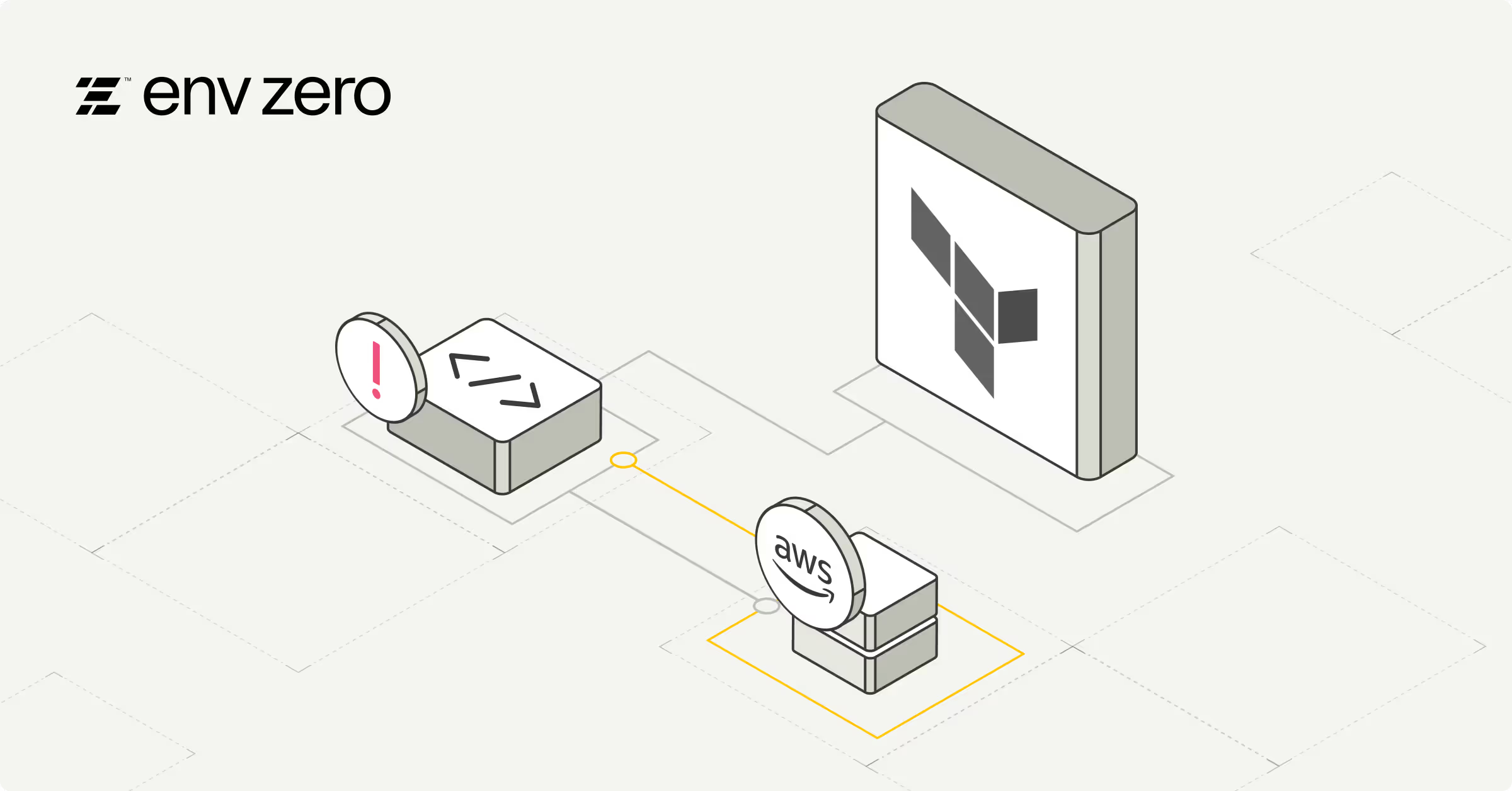
Blog
video
Terraform Refresh Command: Guides, Examples and Best Practices
In this blog, we will explore the 'terraform refresh' command and how it works, and also discuss its limitations and alternatives through the use of practical hands-on examples.

Blog
video
Terraform Backend Configuration: Local and Remote Options
This blog explores Terraform backends, their types, and configuration for cloud providers like AWS, Azure, and GCP. It also covers backend migration strategies and other key considerations.
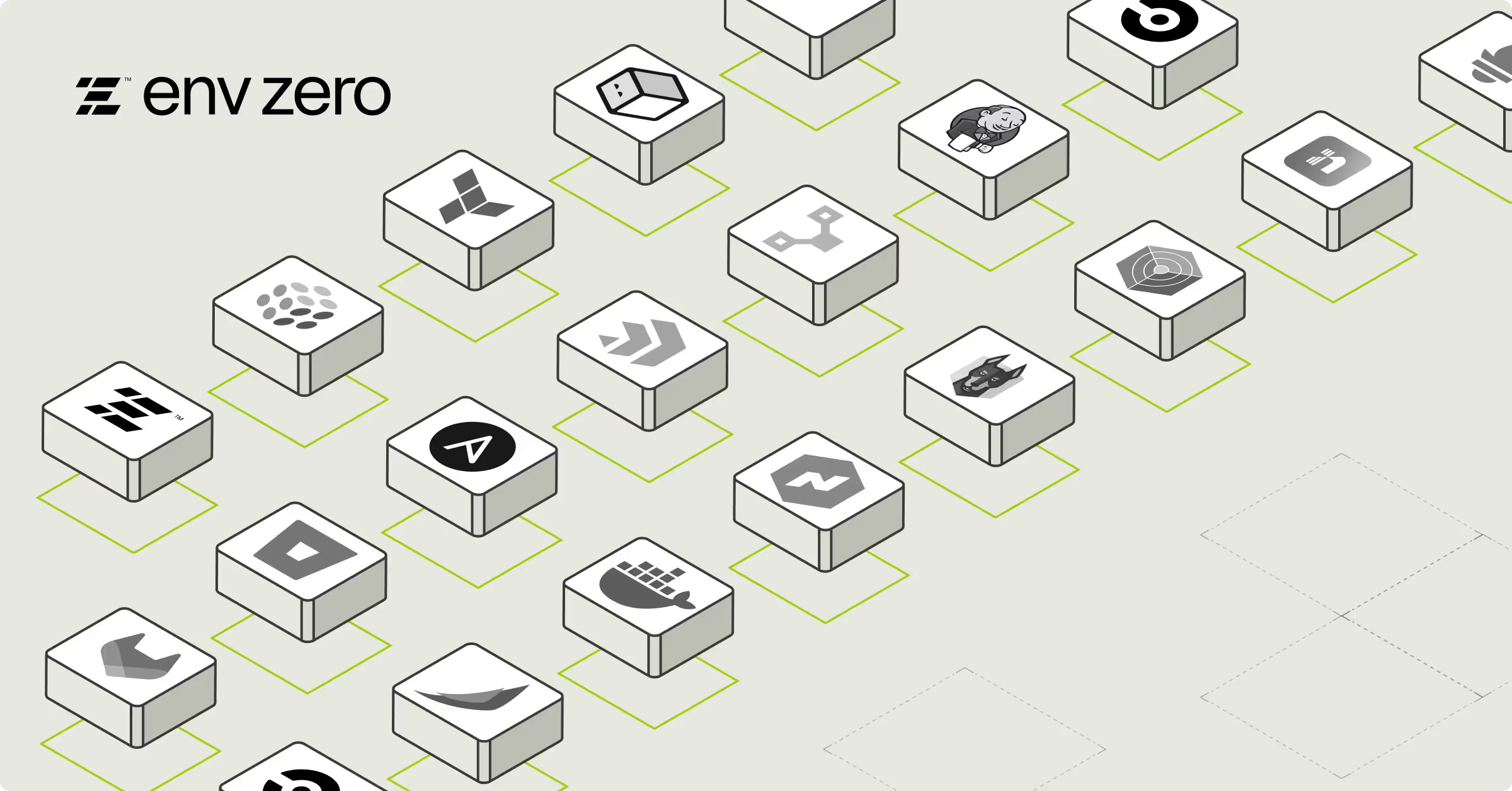
Blog
video
Top DevOps Tools for Infrastructure Automation in 2025
Explore the top DevOps tools for infrastructure automation, designed to streamline workflows, boost efficiency, and simplify cloud management.
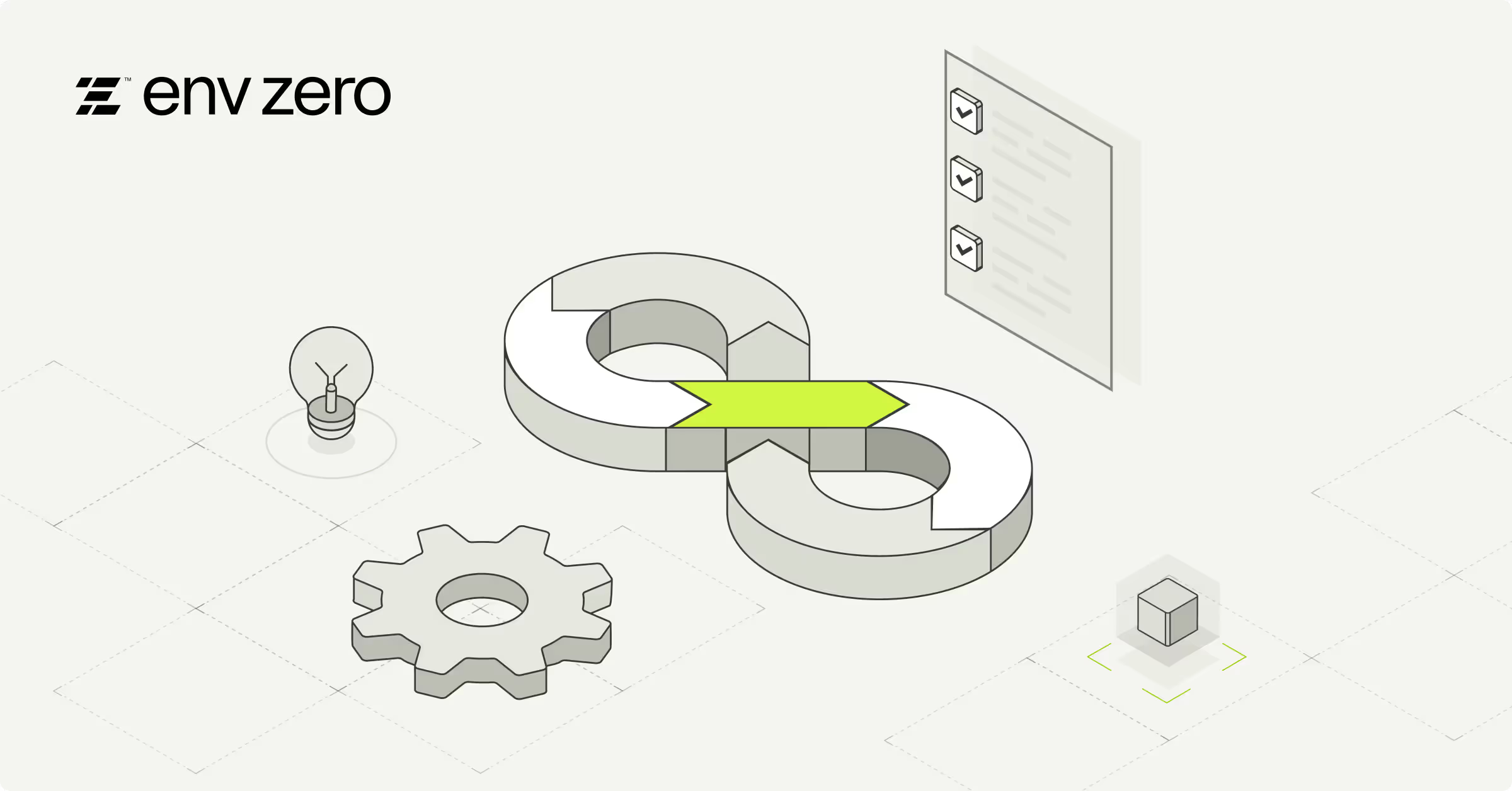
Blog
video
Mastering Managed IaC Self-Service: The Complete Guide
Discover how managed IaC self-service empowers developers and DevOps teams alike. Explores key benefits, best practices, and how to maximize efficiency and control with Infrastructure as Code.
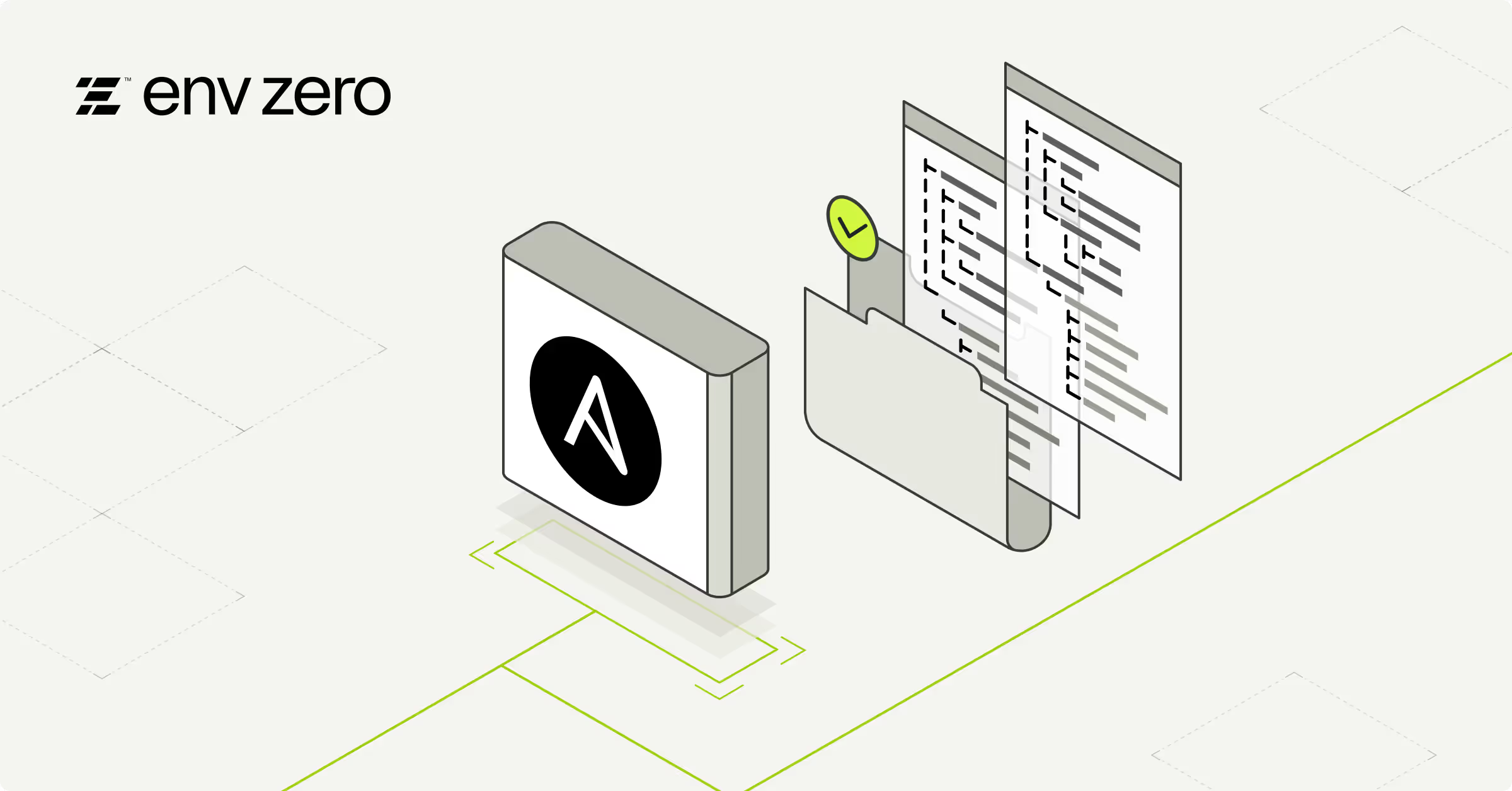
Blog
video
Mastering Ansible Playbooks: Step by Step Guide
This guide will introduce Ansible Playbooks and demonstrate how they work through an example deployment of a Flask application on an Apache server with a PostgreSQL database.
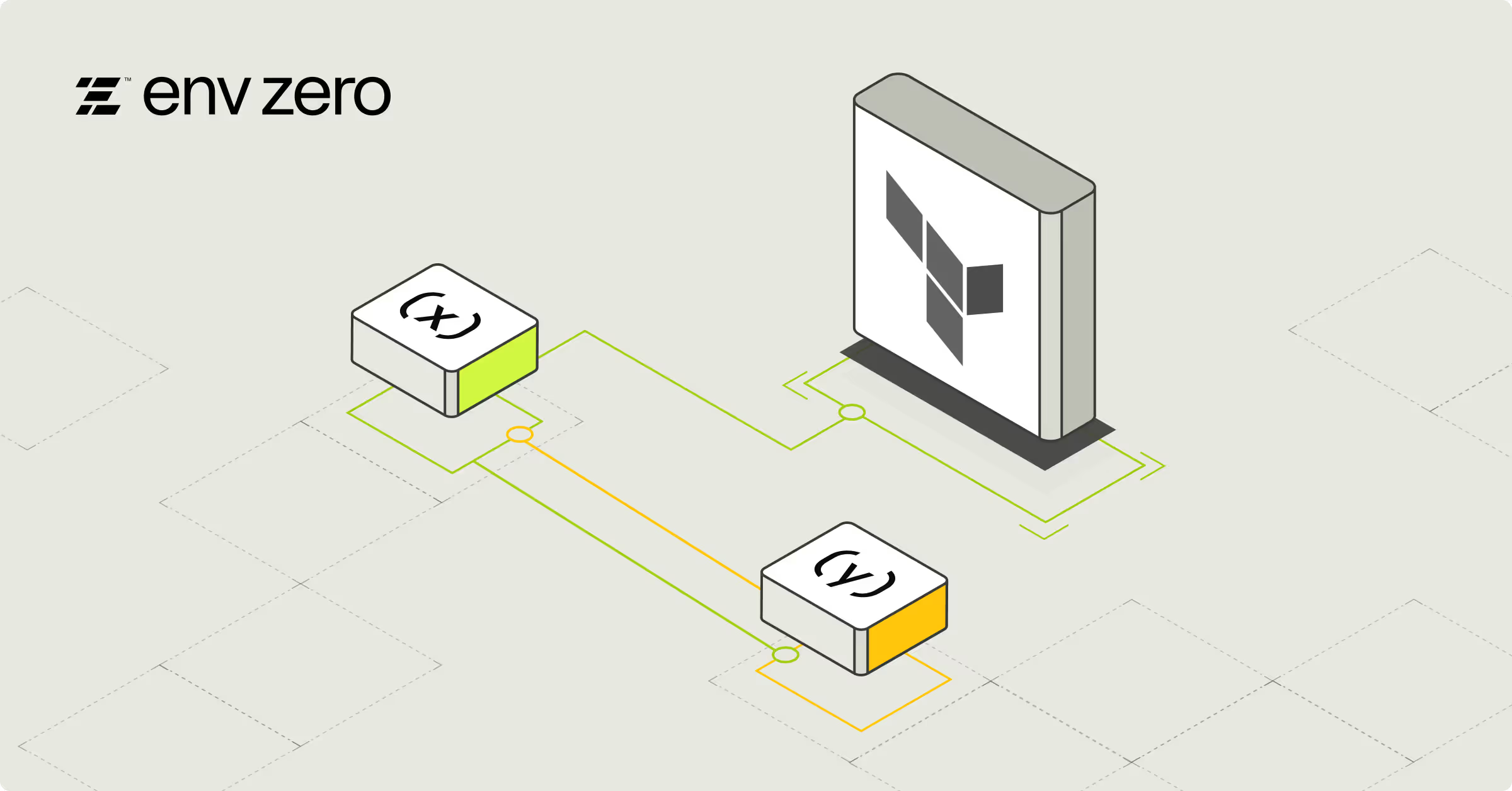
Blog
video
Terraform Map Variable: A Complete Guide with Practical Examples
In this blog, we’ll explain what Terraform maps are, explore their use cases, and share practical examples and best practices for effectively using them—and more.
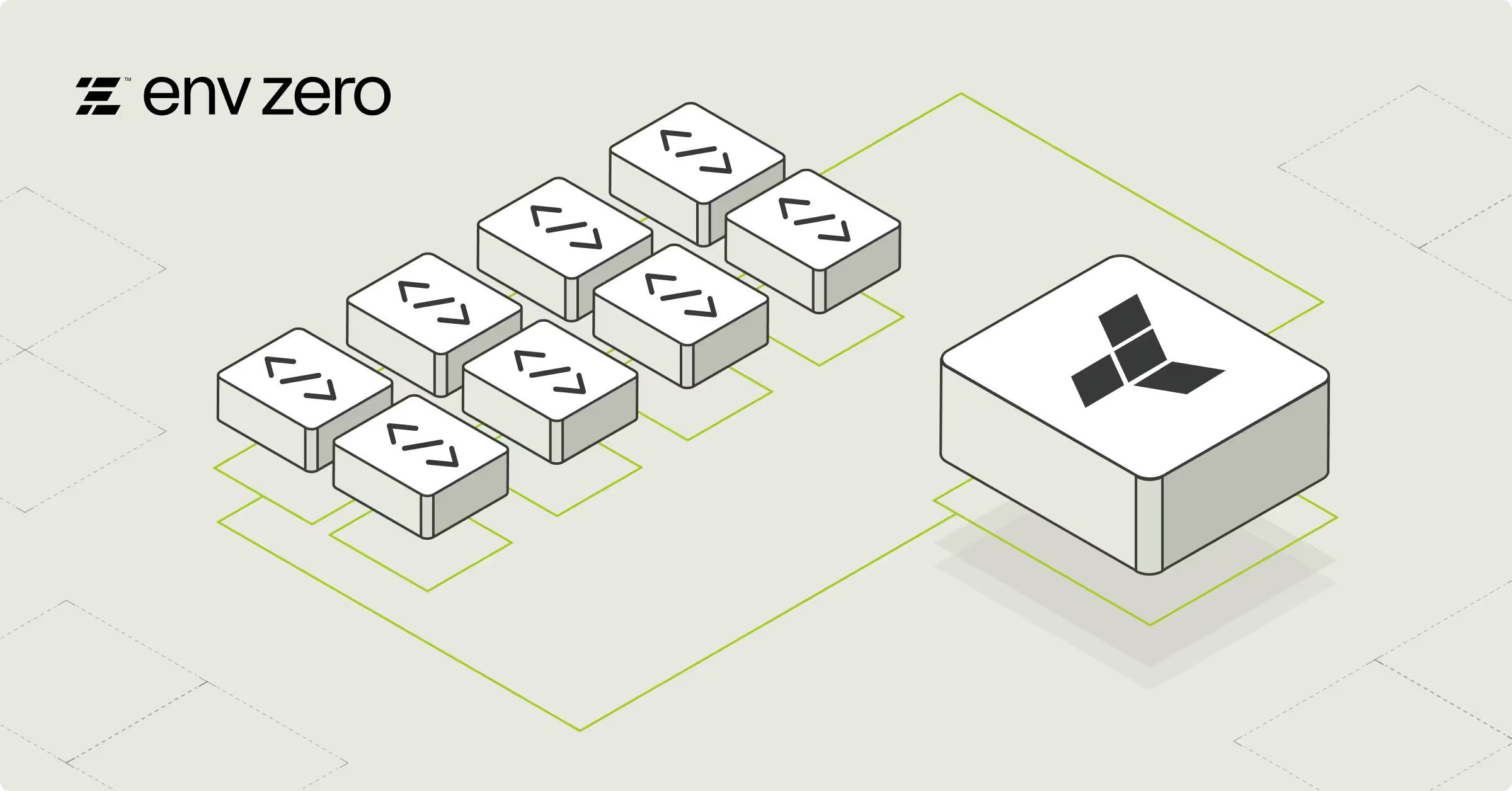
Blog
video
Terraform Workspaces Guide: Commands, Examples and Best Practices
This blog post covers Terraform workspaces, commands, best practices, practical examples, and more.
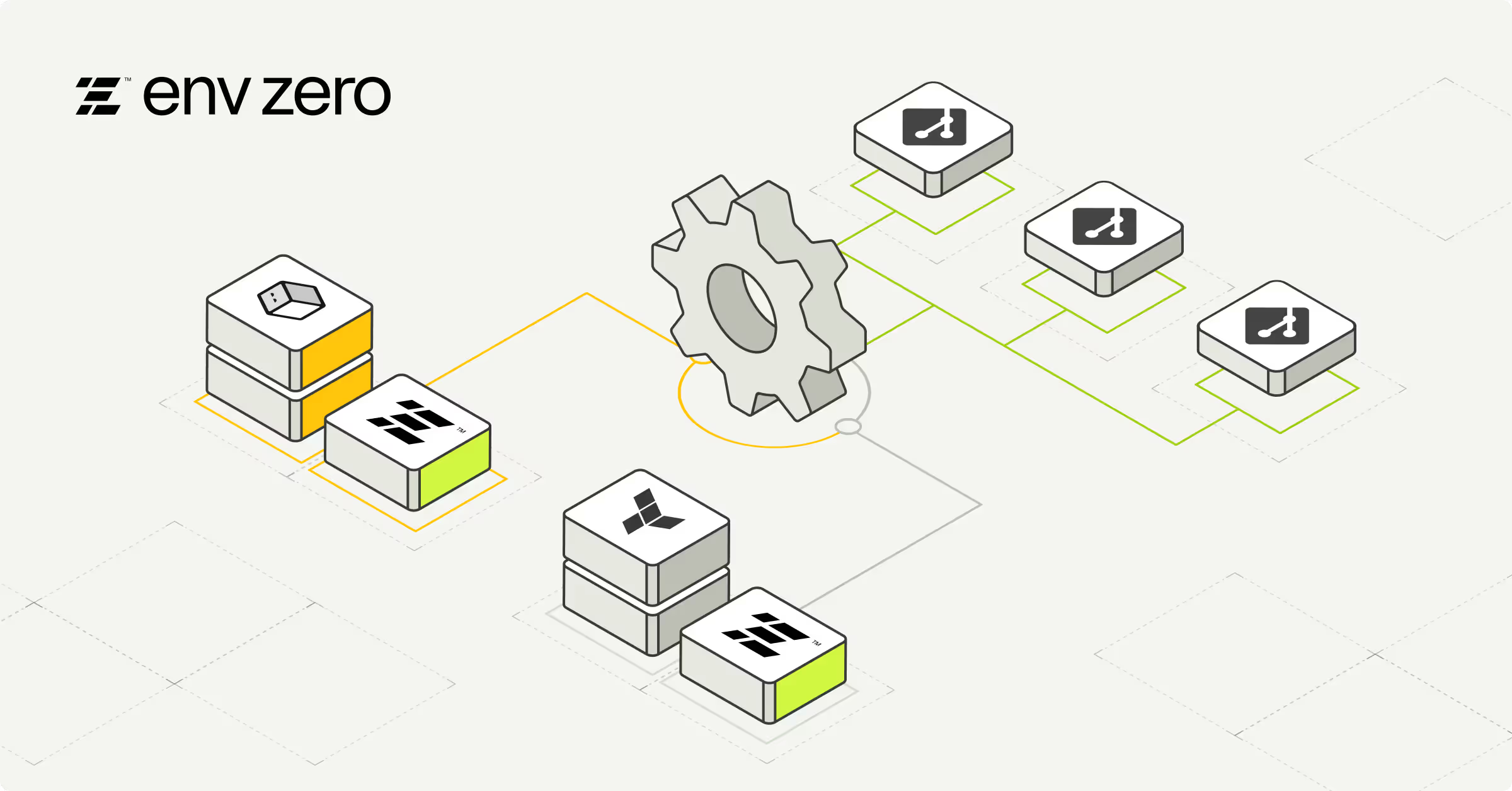
Blog
video
Streamlining env0 Onboarding with Environment Discovery
The latest upgrade to our Environment Discovery feature improves how you onboard your existing environments to env0, making the process quicker and smoother than ever before!

Blog
video
OpenTofu Registry Guide: Tips, Examples, and Ways to Contribute
The OpenTofu registry UI is now live! To mark this occasion, here's a quick guide to help you explore its use cases, key features, and ways to contribute.

Blog
video
Terraform for Loops Guide: Types, Examples and Best Practices
Terraform for loop helps you write simplified, repeatable code used to deploy resources. In this article, we’ll explore 'for' loops using 'for_each' and 'count', how and when to use them, example scenarios, best practices, and much more.

Blog
video
The Essential Ansible Tutorial: A Step by Step Guide
In this tutorial, we'll cover the fundamentals of working with Ansible, from installation to creating your first playbook. In later sections, we'll dive into practical hands-on examples for advanced use cases and show why Ansible has become a go-to solution for many modern DevOps practices.

Blog
video
Terraform Lookup Function: Examples, Use Cases and Best Practices
The Terraform/OpenTofu 'lookup' function helps maintain clean, DRY, and reusable code. In this blog, we'll explore the various scenarios where the 'lookup' function can be used, and provide some practical examples for both common and more advanced use cases.

Blog
video
Terraform Count Meta-Argument: Indexing, Examples and Use Cases
In this blog, we’ll learn more about count, describe its use cases, and show how you can use it to create multiple resources with ease - with or without conditional expressions.

Blog
video
Meet Cloud Compass: AI-assisted IaC Coverage Audit and Risk Mitigation
Cloud Compass enhances your cloud resource management. Using AI-assisted logic, it auto-analyzes IaC coverage blind spots and trends over time, helping you quickly close any gaps.

Blog
video
OpenTofu v1.8: A Detailed Look at the Upcoming Release
As OpenTofu quickly nears its next stable release, we delve into its new features, discuss their use cases, and explore the challenges they will address for OpenTofu users.

Blog
video
Terraform Cloud Alternatives: 2025 In-Depth Guide
Recent events are prompting companies to reconsider their TFC subscriptions. At this critical moment, let’s take a closer look at TFC—explore its features, limitations, and pricing model, and review potential alternatives that might better meet your needs.

Blog
video
Terraform Import Command and Import Block: Examples, Tips and Best Practices
Learn how to use the 'import' command and import blog to move existing resources into your Terraform/OpenTofu state file.

Blog
video
Terraform Validate Command: Practical Examples and Best Practices
The 'validate' command helps you check the syntax of your Terraform or OpenTofu code before deployment. Learn how to use it effectively for seamless infrastructure provisioning.

Blog
video
env0 Workflows: Simplifying Advanced IaC Setups and Managing Dependencies
env0 Workflows provides a structured approach to managing groups of related environments and their dependencies. Learn how you can use it to streamline complex IaC deployments.

Blog
video
How to Use tenv to Streamline IaC Version Management
tenv is a version manager for Terraform, OpenTofu, Terragrunt, and Atmos, written in Go. Check out this post to see how it works.

.avif)









